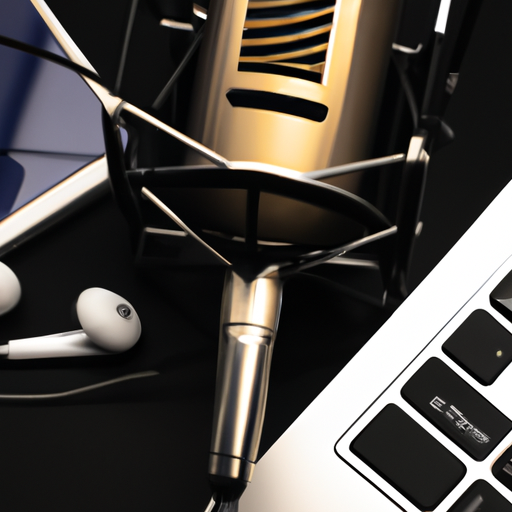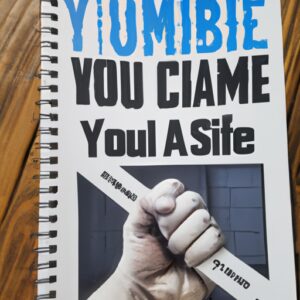
Recording a Podcast Remotely: Tools and Best Practices
Introduction
So, you’re getting into podcasting, but you’re not sure how to record a podcast remotely. Well, fear not! Remote recording is actually becoming quite popular – and for good reason. With remote recording, you can interview guests from all over the world, record from the comfort of your own home, and save time and money on travel expenses.
In this article, we’ll walk you through the tools you’ll need and best practices for remote recording.
Tools
To record a podcast remotely, you’ll need a few key tools:
1. Microphone
The first thing you’ll need is a good quality microphone. You want to make sure your audio is clean and clear for your audience. Check out the Blue Yeti or the Audio-Technica AT2020.
2. Recording software
There are a few different options for recording software, but two of the most popular are Zencastr and SquadCast. Both allow you to record high-quality audio and provide a separate track for each speaker.
3. Headphones
Headphones are a must-have for remote recording to prevent echo and feedback. You don’t need to go all out on fancy headphones, but grab a pair that fits comfortably and has decent sound quality.
Best Practices
Now that you have your tools, it’s time to get recording! Here are some best practices to keep in mind while recording remotely.
1. Test your equipment beforehand
Before starting your recording, make sure you test your equipment. Check your microphone, headphones, and software to ensure everything is working properly. This will save you time and stress during the actual recording.
2. Find a quiet, neutral space
When it comes to remote recording, background noise can be a major issue. Make sure you find a quiet space to record in, free from any distractions or interruptions. A neutral space, like a spare bedroom or office, is best to avoid any echo or reverb.
3. Use a high-speed internet connection
Make sure you have a stable, high-speed internet connection to prevent any lags or interruptions during recording. A wired connection is ideal, but if you must use Wi-Fi, make sure it’s a strong and stable connection.
4. Practice good communication with your guests
When interviewing guests remotely, it’s important to practice good communication. Make sure you brief your guest on the recording process and provide clear instructions on how to use the recording software. Also, make sure you have a backup plan in case of technical difficulties.
Conclusion
Remote podcasting may seem daunting, but with the right tools and best practices, it can be a breeze. Remember to test your equipment, find a quiet space, and practice good communication with your guests. With these tips, you’ll be producing high-quality, remote podcasts in no time. Happy recording!






